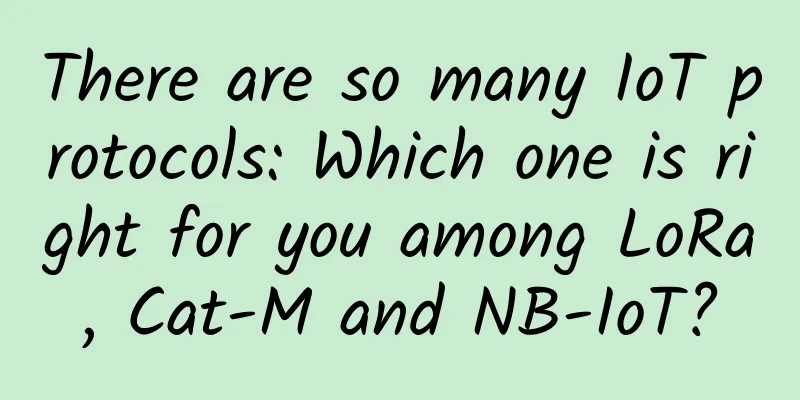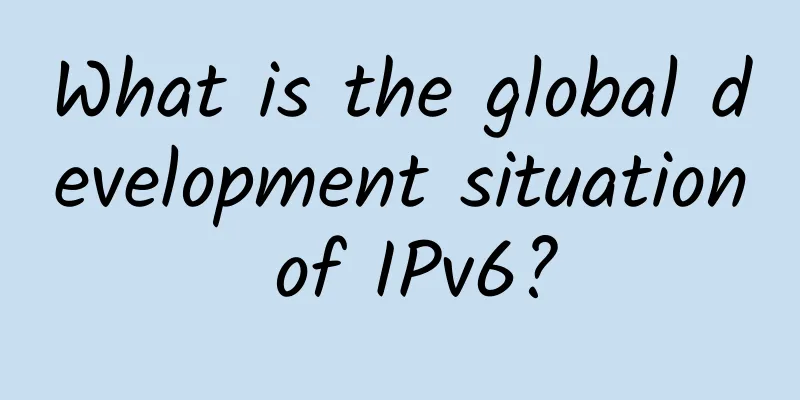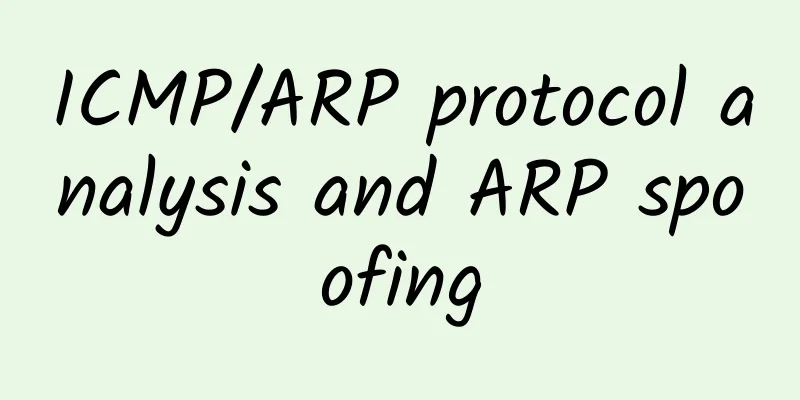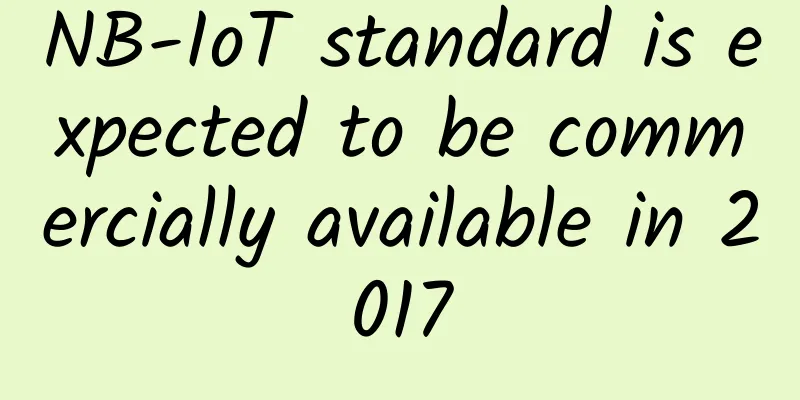There are so many IoT protocols: Which one is right for you among LoRa, Cat-M and NB-IoT?

|
It’s been nearly 30 years since the first unofficial Internet of Things (IoT) device was created. In 1991, a coffee pot downstairs in the Troy Computer Laboratory at the University of Cambridge was transformed into an Internet-connected device. Scientists wrote a program and installed a portable camera next to the coffee pot, pointed the camera at the coffee pot, and used computer image capture technology to transmit the status information of the coffee pot to the computer in the laboratory, so that the staff could check whether the coffee was brewed at any time, saving the trouble of going up and down to check. Decades later, the Internet of Things has not yet emerged from its cradle, but is slowly moving towards the large-scale deployment we expect.
Over the past 10 years, IoT technology has become more cost-effective. Devices are cheaper, more energy-efficient, smaller, and more optimized to play specific roles in IoT architectures to create new business models. In the next 20 years, we could connect a trillion devices to the Internet. The more devices we connect, the more business improvement opportunities we can uncover and use IoT to realize them. Now that the necessary IoT technologies are nearing maturity, functional IoT solutions are being implemented at an accelerated pace. A wave of IoTs has begun to hit the market, with a variety of architectures, feature sets, and applications. While there are many factors to consider when investing in IoT hardware or a complete IoT solution, it is critical to understand the protocols available for IoT sensors and how forward-looking business decision makers can make the best choice of protocols, both now and in the long term. How to choose an IoT protocol IoT protocols are the network languages used by IoT system nodes and are critical to the feasibility of the overall deployment of IoT solutions. Protocols dictate the scope, format, and complexity of IoT solution communications and play a key role in determining cost and functionality. So if you’re interested in deploying your own IoT, how do you choose a protocol that’s appropriate for your needs and scale? There are two key elements to consider:
When the requirements of an IoT deployment involve connectivity, one usually considers: What is the most desired IoT setup? Is it a home or office that will be connected? Will it run on a regular Wi-Fi network? Do all components need to be powered continuously? For larger areas that require small-capacity data transmission, such as farms, campuses, or cities, a standalone low-power wide-area network (LPWAN) is the most ideal solution - LoRaWAN and SigFox are the two most popular low-power wide-area networks. When it comes to covering areas and crossing borders, cellular protocols like NB-IoT or Cat-M may seem more practical. Both have their pros and cons when it comes to power consumption, range, and cost. Let’s examine specific use cases for LPWAN technologies, as well as cellular IoT deployments, to understand the pros and cons of these protocols for future IoT solutions. LPWAN Optimized Area Network If you need to manage a large project, such as a construction project, a refinery weekly light, or similar project, it is necessary to track these workers when they need to work in a dangerous environment. Maybe you have considered enabling the Internet of Things yourself. Maybe you run a factory or warehouse; maybe you manage a farm or other agricultural field; maybe you are responsible for a large school or government construction project. In all of these industries, the Internet of Things will have a lasting business impact, creating more efficient processes, saving money and generating new revenue. LPWAN technology is generally more advantageous for networks that connect areas larger than a single small building. If you deploy a LoRaWAN network instead of connecting to cellular IoT, you will most likely pay the same or less and have more elements in your deployment. While the cost-benefit model will vary depending on the business model, LPWANs generally provide a dedicated area network for the coverage area you desire: you own all the devices, the network, and the data that travels over it. So when the cellular network goes down or a tower fails, you don’t have to worry about your IoT deployment failing and you don’t have to wait for the vendor to fix it. If you install your own LPWAN, you will be responsible for monitoring, support, maintenance, and repairs when problems arise. You must also determine how to protect your network. For these reasons, it is highly recommended that you deploy an LPWAN that includes the entire solution packaged together. This means that the sensors, gateways, cloud, and applications are created by one company rather than assembled piecemeal. The advantage is that everything is pre-integrated and works together securely. Another significant difference is that unlike cellular packets, LPWAN transmissions do not always wait for confirmation of receipt. This can be an advantage or a disadvantage. Users can get more data on the system without confirmation, but sometimes packets are lost due to network congestion. The two most popular LPWAN protocols are LoRaWAN and SigFox. Of the two, LoRaWAN and LoRa technology have grown the fastest in recent years and have the greatest growth potential in the next five years. SigFox mainly operates in Europe. Compared with LoRaWAN, SigFox has a smaller data payload, so each device consumes less power than LoRaWAN, but it also limits SigFox users to use LoRa technology to apply key functions in certain industries, such as actuator support and instant updates. For LoRa and LoRaWAN, the advantages are broad support, versatility and promise. More than 500 leading technology companies have joined the LoRa Alliance. LoRa technology is constantly evolving to accommodate ever-optimizing IoT solutions and new use cases. Long-range IoT and cellular protocols Imagine you’re working in disaster preparedness or environmental monitoring and need to analyze information from a cross-regional network of sensors and data sources. Or maybe you run a rental company and need a way to more closely track your equipment and vehicles across an unpredictable, vast space. In these use cases, cellular IoT can be a game changer, collecting data from far-flung endpoints. While it is possible that other technologies will emerge and gain market share which is still developing, the two protocols that have the most market share and are the most discussed are Cat-M and NB-IoT. Among them, Narrowband IoT (NB-IoT) has low battery power consumption and potentially lower subscription prices. It provides low-power communications and data sizes that are closer to LoRa configuration requirements, making it easier for IoT providers to achieve compatibility with LPWAN and cellular use cases. In contrast, Cat-M can meet higher data rates and low-latency communications. If users need to collect large files from specific IoT devices or push large updates to IoT endpoints, Cat-M is the best choice. Cat-M can meet high-quality voice and will be more used in real-time applications such as the Internet of Vehicles. Cellular IoT protocols provide a way to utilize IoT data on a regional, national, or even transcontinental scale without the need to pre-build gateways to cover the area. Instead, the provider's existing base stations will transmit IoT data. This also means that IoT systems will have the same blind spots as cellular networks, and if the network connection is interrupted - for maintenance, subscription restrictions, emergencies, or other reasons, the user's IoT system will also go down. Despite this, ease of deployment and coverage are often the reasons why consumers choose it. prospect It remains to be seen how widespread NB-IoT and Cat-M protocols become. Both are relatively new and growing, and the availability of both will depend largely on the planning of cellular operators. Ultimately, NB-IoT's low-power communications will provide the right benefits at the right cost for most people and will eventually dwarf other cellular protocols. However, LPWAN and LoRaWAN still have a place, especially for companies that want to cover large areas or have private networks. Perhaps we will see more IoT companies move to a protocol-agnostic model. In this model, users do not need to select a communication protocol for the IoT solution to be deployed, and sensors can support multiple protocols. With an eye on future compatibility, when deploying IoT today, pay attention to which protocols can be considered and choose one that makes sense for the scale, power consumption and connectivity needs of the IoT project and the future of the technology. |
Recommend
How many optical modules does a GPU need?
1. Network card model There are mainly two types ...
Yecao Cloud Labor Day Promotion: Hong Kong BGP line VPS special price from 88 yuan per year, Hong Kong dedicated server from 199 yuan/month
Yecaoyun has already started the Labor Day promot...
Wu Jiangxing: Build the "steel skeleton" of 6G network resilience engineering and construct a 6G endogenous security and trustworthy system
March 14th news: As an important supporting techn...
Paving the way to a secure and automated multi-cloud with SD-WAN
Enterprises around the world are rapidly transfor...
Brocade Launches New Agile Data Center Portfolio to Help Enterprises Transform Digitally
[51CTO.com original article] In 1992, Andrew Grov...
HostXen charges 300 yuan and gets 50 yuan free, charges 600 yuan and gets 150 yuan free, new customers will receive coupons when placing an order, multiple computer rooms are available
HostXen launched a Double 11 promotion. From Octo...
In the post-epidemic era, AIOps unleashes new vitality in enterprise operation and maintenance
[51CTO.com original article] 2020 is destined to ...
LiFi looks good, but it is difficult to pass the market test
10 days ago, pureLifi raised $18 million in Serie...
In the "5G era", a large number of "unicorn" companies will emerge to seize the opportunity
Recently, Jiangsu Mobile Company released a messa...
Hostwinds: VPS/cloud server from $4.99/month, Seattle/Dallas/Netherlands data center, supports Alipay
Hostwinds is a long-established foreign hosting c...
Will the popular SD-WAN really kill MPLS?
[[419147]] Arguably, no network technology has re...
The 6th generation of Wi-Fi technology is here! Speed upgrade
While we are still struggling to decide whether t...
Multi-cloud, security integration drives mass SD-WAN adoption
SD-WAN is expected to grow 40% year-over-year thr...
[Black Friday] RackNerd: Multi-datacenter VPS annual payment starts from $10.88
RackNerd's Black Friday promotion has been la...
Research and Markets: Global 5G system integration market size will reach US$45.5 billion in 2027
On April 20, according to foreign media reports, ...









